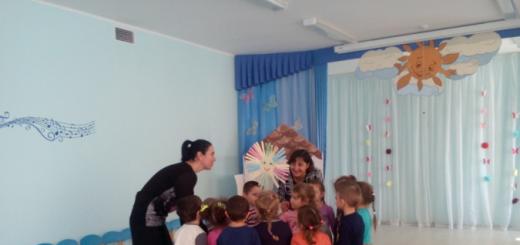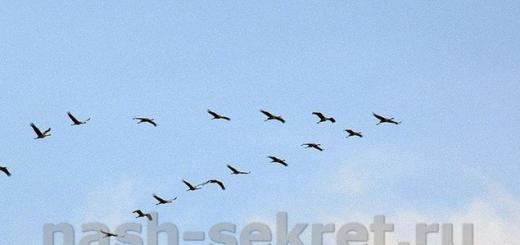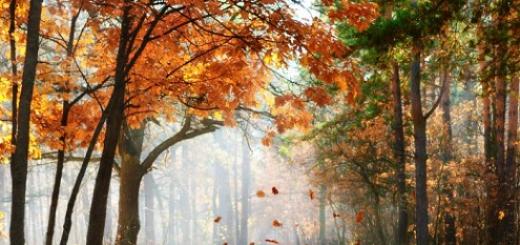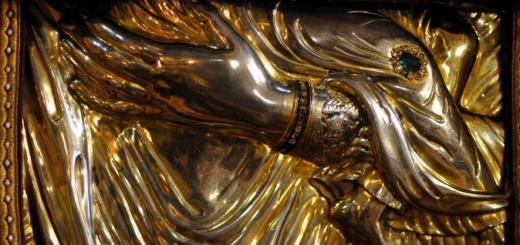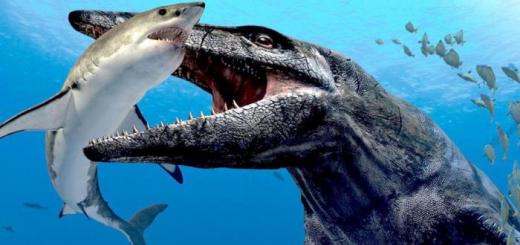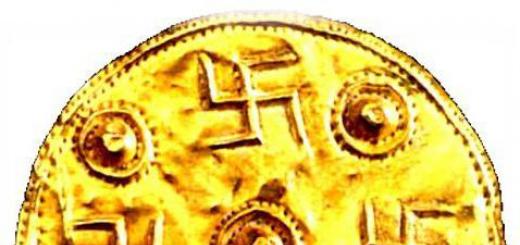Sight, certainly, very barbaric, but true"
In general, this post was supposed to appear somewhere in October and become the final one in the cycle of Krum reports. But somehow the hands didn’t reach much, it wasn’t up to it (And gigabytes of photos were gathering dust on hard drives, waiting in the wings.
But in early December, I heard, or rather read the message of the President to the federal assembly in 2014, where, in particular, the following phrase sounded " for Russia, Crimea, ancient Korsun, Khersones, Sevastopol are of great civilizational and sacred significance. Just like the Temple Mount in Jerusalem for those who practice Islam or Judaism. This is how we will treat it now and forever.". After that, the phrase "sacred Korsun" immediately became a kind of meme, scattered across the Internet.
Regarding the historical and religious significance of St. Korsun, Andrey explained well diak_kuraev (). So I won't get into this topic.
But Putin, as it were, lit the way for me for the next post. And this next post will be dedicated to the same "Sacred Korsun" (aka the Greek settlement of Chersonese).
Chersonese - a large Greek city, once a part of the large "Greek world". This is a polis founded by the ancient Greeks on the Heracleian Peninsula on the southwestern coast of Crimea.
Those who are interested can read it either on the website of the museum complex, for those who are still yearning to find out where this city is located, I answer on the territory of present-day Sevastopol.
Actually, this is the very place where Saint Vladimir allegedly converted to Christianity. The temple named after him stands on the site (ruins) of the largest church of ancient Chersonese. It was built in the 19th century.
The Tale of Bygone Years tells that the city was captured in 988 by Vladimir, who allegedly received Baptism here and received a wife for the return of the city to Byzantium Byzantine princess Anna.
And the policy was founded approximately 422-421. BC e. and occupied vast territories and was surrounded around the perimeter by powerful fortress walls. By the way, word "Khersones"usually translated from Greek as"peninsula". The city really was located on a small peninsula between two bays.
The Tauride city, like the Crimean peninsula, was named after Taurov- a warlike tribe that inhabited the neighboring highlands. At various times, Chersonesus was part of the Pontic and Bosporus kingdoms, the Roman Empire and Byzantium.
Fortifications, consisting of two walls. Having overcome one, the enemy fell into a stone bag and showered with a hail of stones of arrows, and also filled with boiling oil
Barracks, and port facilities were located near the sea.
The theater of Chersonesos was built at the turn of the 3rd and 4th centuries; it could accommodate more than 1,000 spectators. Performances, public gatherings and festivities were held here. During the period of Roman rule, the theater also served as an arena for gladiator fights. When Christianity became the official religion of the Roman Empire, performances were banned.
The theater fell into disrepair and two Christian churches were erected on its ruins. One, located on the orchestra, was dismantled during the restoration. The second - a large cruciform temple - was preserved. It was called the "Temple with the Ark"
At the present time on the ruins of the museumduring the summer, open-air performances are organized.
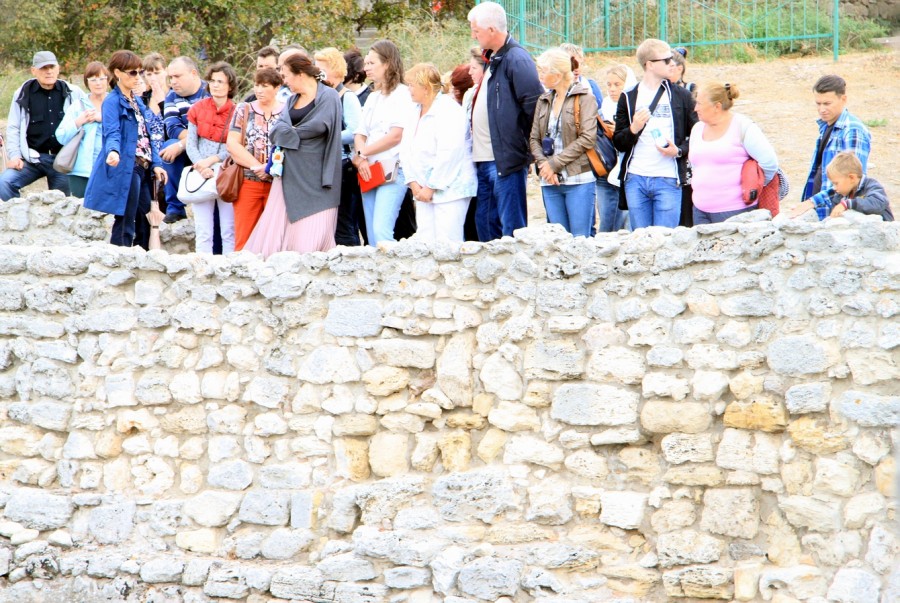
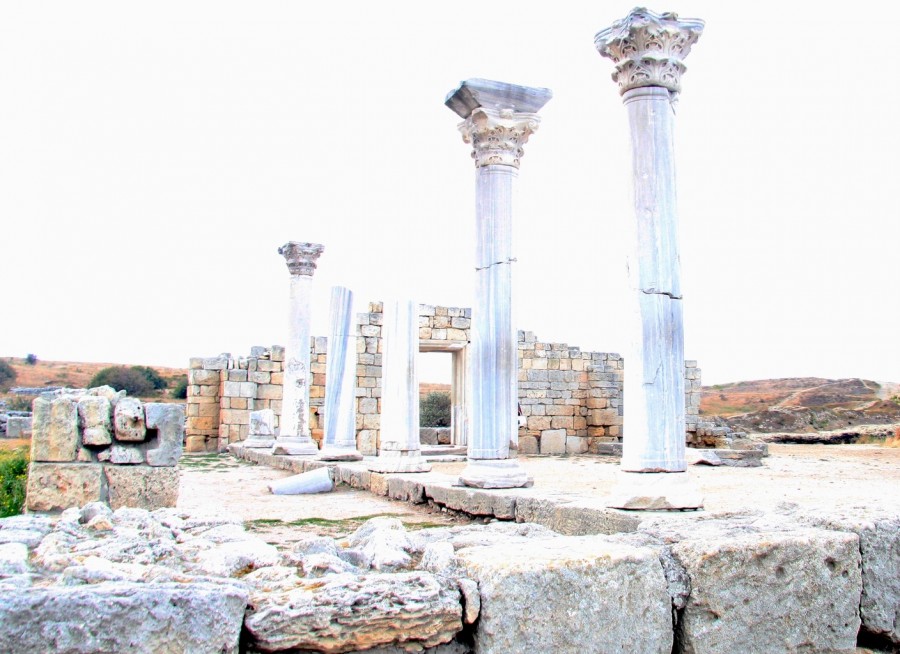
Basilica within the Basilica.A medieval temple on the territory of Chersonese, a city founded by the ancient Greeks on the southwestern coast of Crimea (currently, on the territory of the Tauric Chersonese National Museum-Reserve). The temple got its name due to the fact that two temples were built in one place - the second was built on the ruins of the first of its fragments.
And these are the ruins of an ancient pagan temple. 
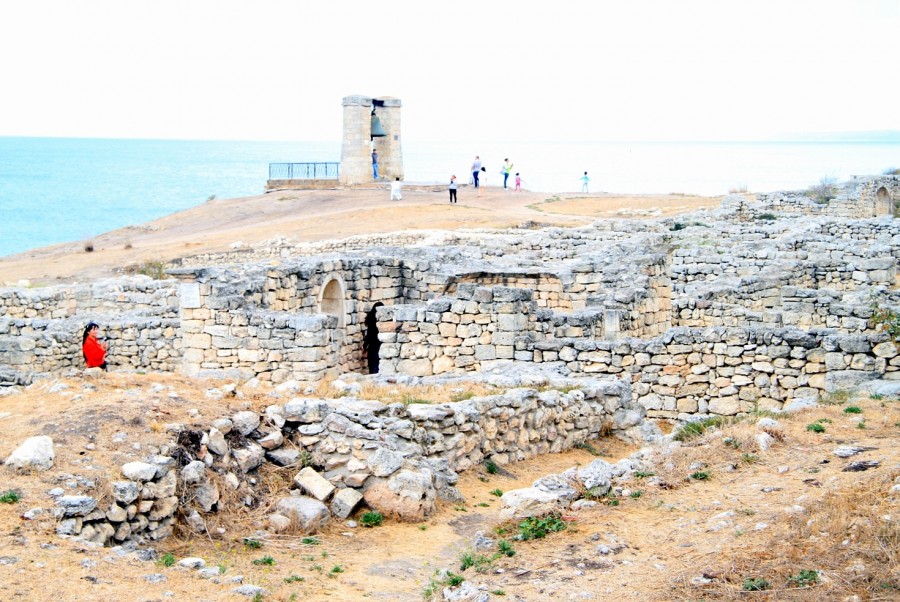
Ancient Treasury. This is where the coin was issued.
Reconstruction of a medieval fountain and a marble lion, created at a time when the Genoese owned the medieval city.
Antique pottery and mosaics 
The courtyard of the museum, where there are all sorts of antiquities.
Chersonesos Signal Bell.
The plate on the bell reads: “The bell was cast in Taganrog in 1778 from Turkish cannons taken as a trophy. It depicts the patrons of sailors - St. Nicholas and St. Fock. After the Crimean War, he was taken to Paris, where he stayed until 1913. During bad weather, he was used as a signal bell.” In 1783, by decree of Emperor Alexander I, the bell was sent to Sevastopol and was intended for the church of St. Nicholas under construction. After the Crimean War of 1853-1856. Allied troops of England and France took the bell from Sevastopol among the trophies. Return of the bellChersonese Tauridetook place in 1913.
I dreamed of visiting Crimea for a long time. And one of the main incentives for me was precisely the desire to see the ruins of Chersonese, the legendary ancient city, the remains of which have survived to this day.
For me, this city has a truly sacred meaning. But not the one that Putin spoke about. Sacredness here is expressed in the opportunity to see history come to life, to feel, so to speak, the Cimmerian shadows))) And I am glad that my dream came true this fall. But, among the arguments for the annexation of the Crimea (and there are many arguments against), the sacredness of Korsun for me personally and for Vladimir Vladimirovich is one of the weakest of them. Moreover, the majority of our population was not interested in Korsun, and will not be interested. Before the light bulb, they have a holy font and so on. But that is another story.
Well, since I got my hands on it, I’ll try to post the rest of my photos from Crimea by the end of the year)

